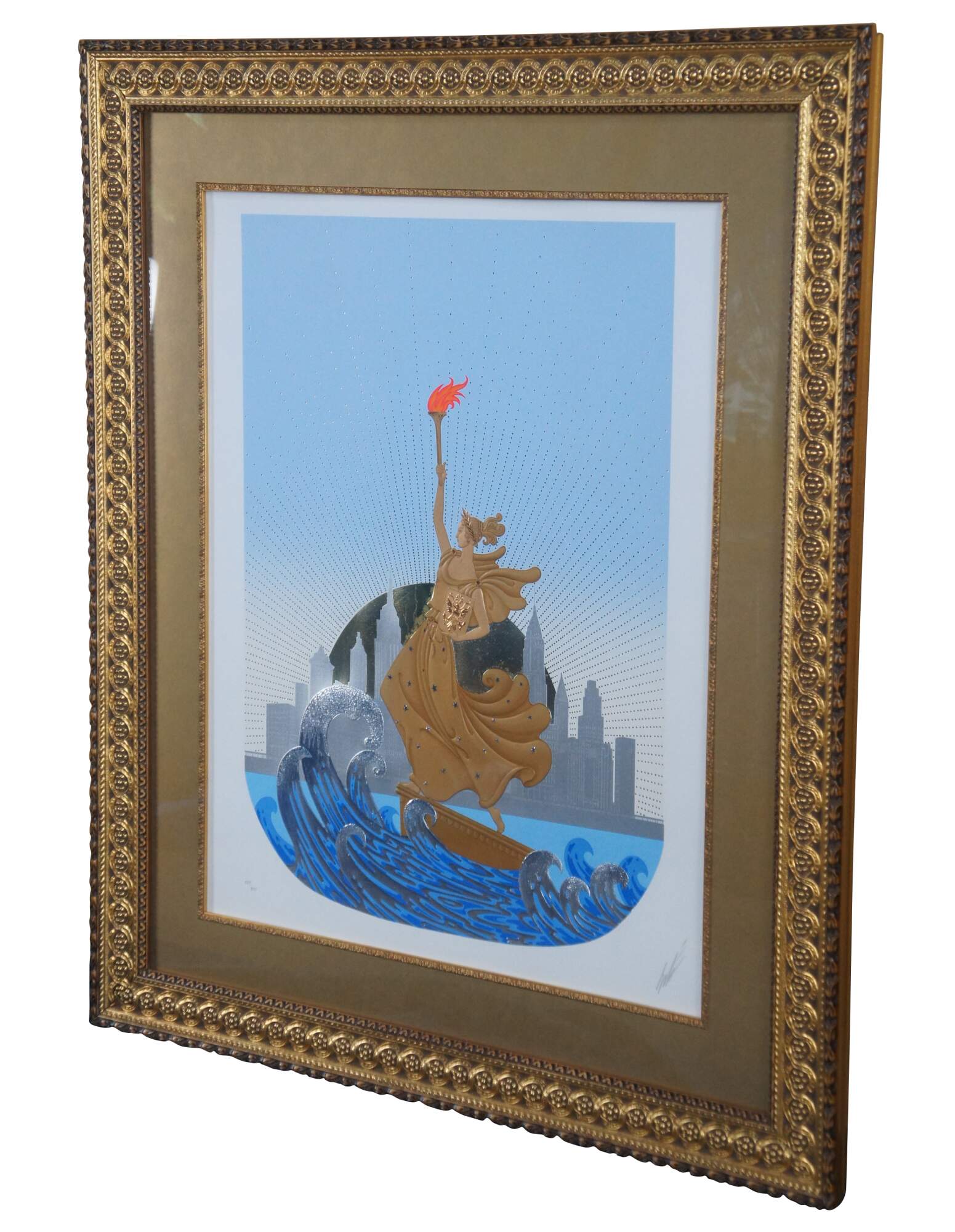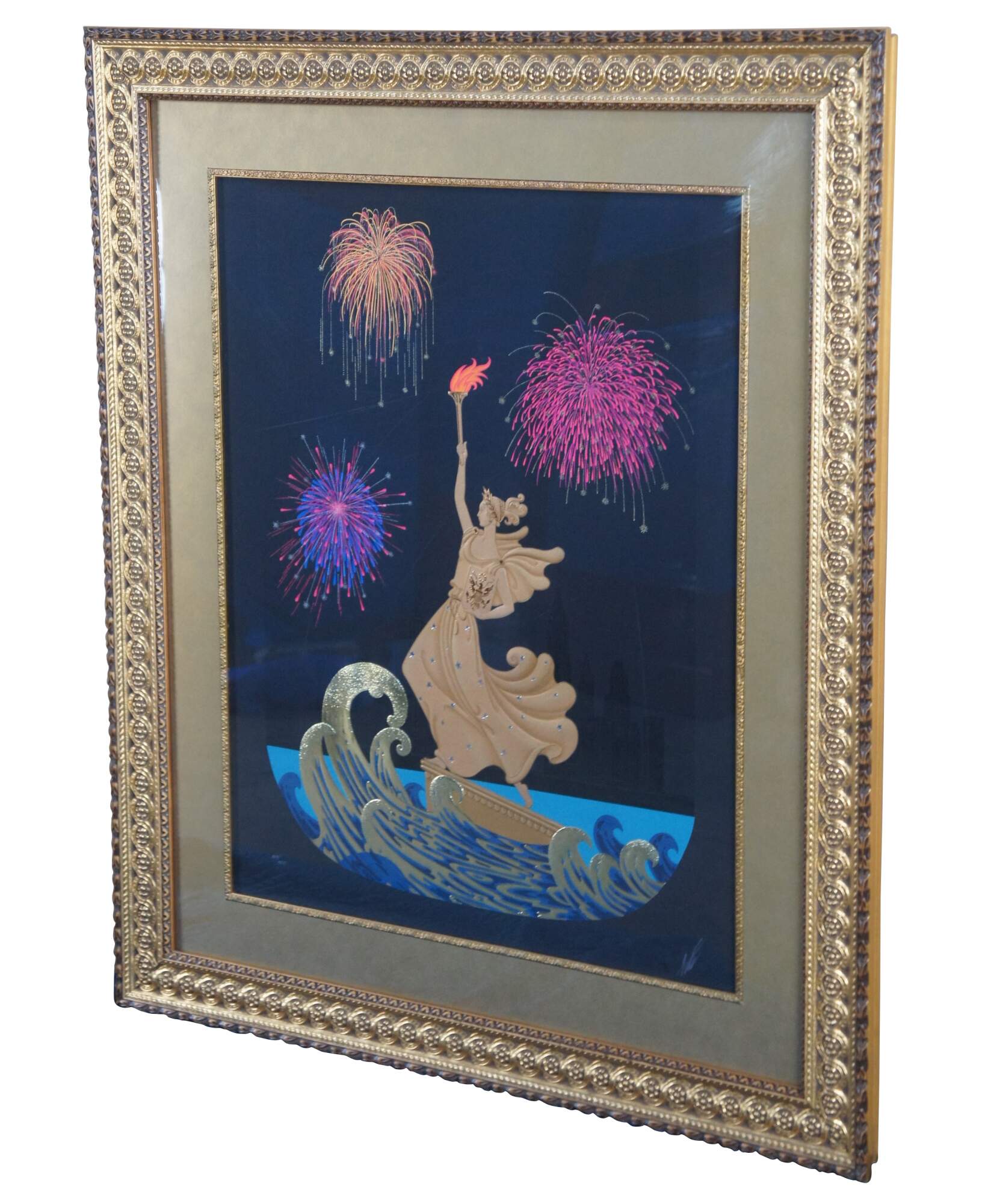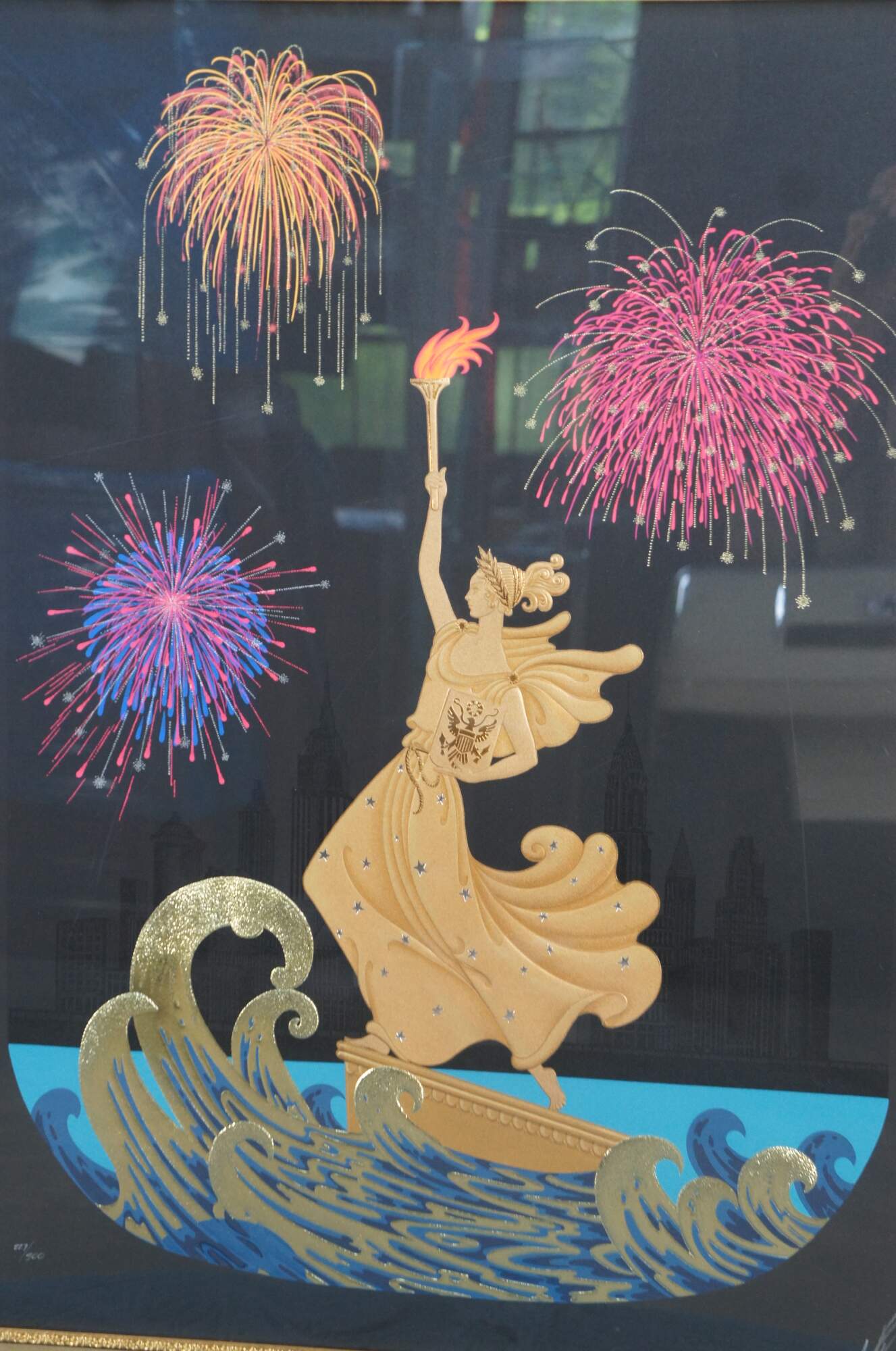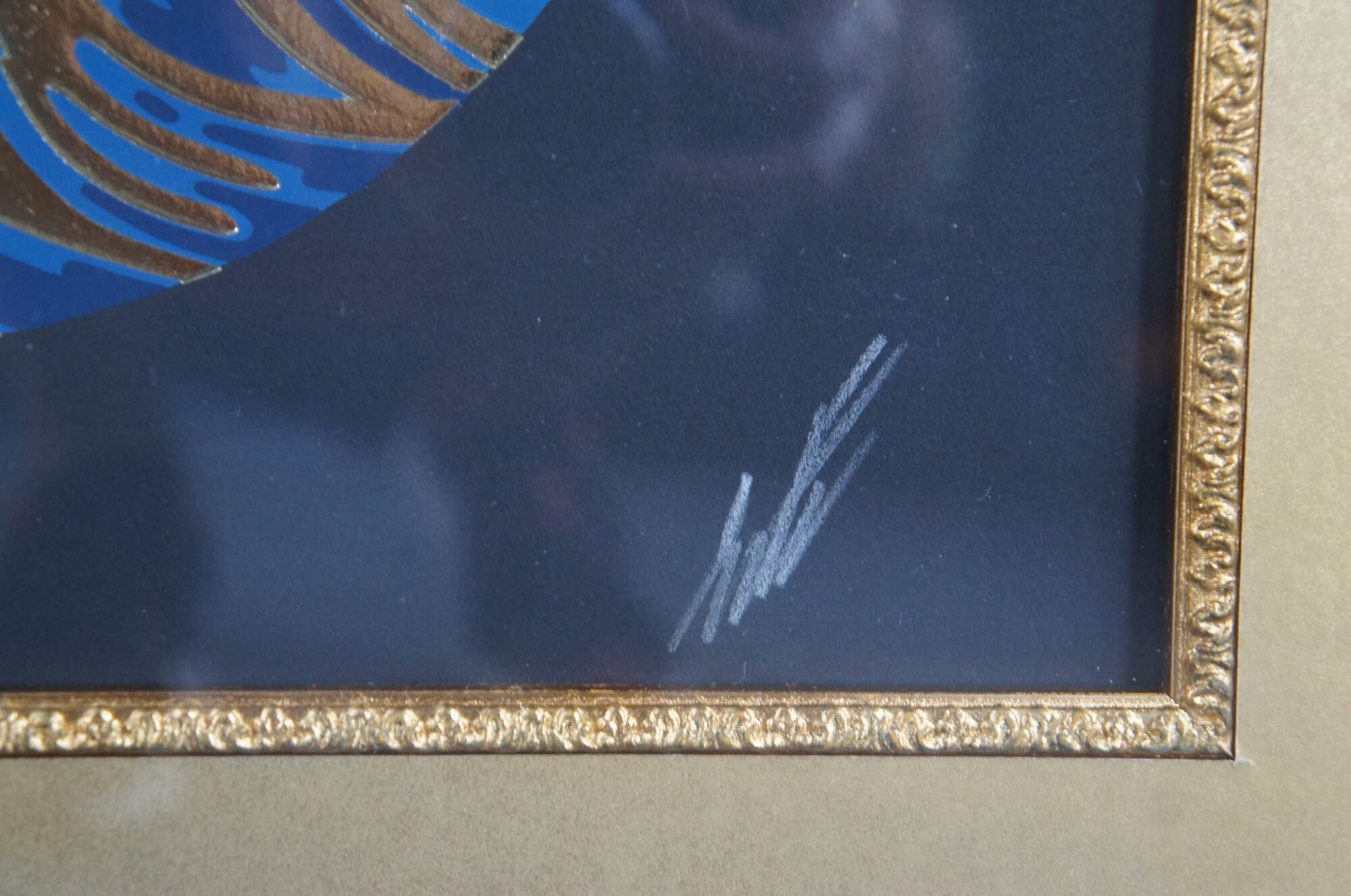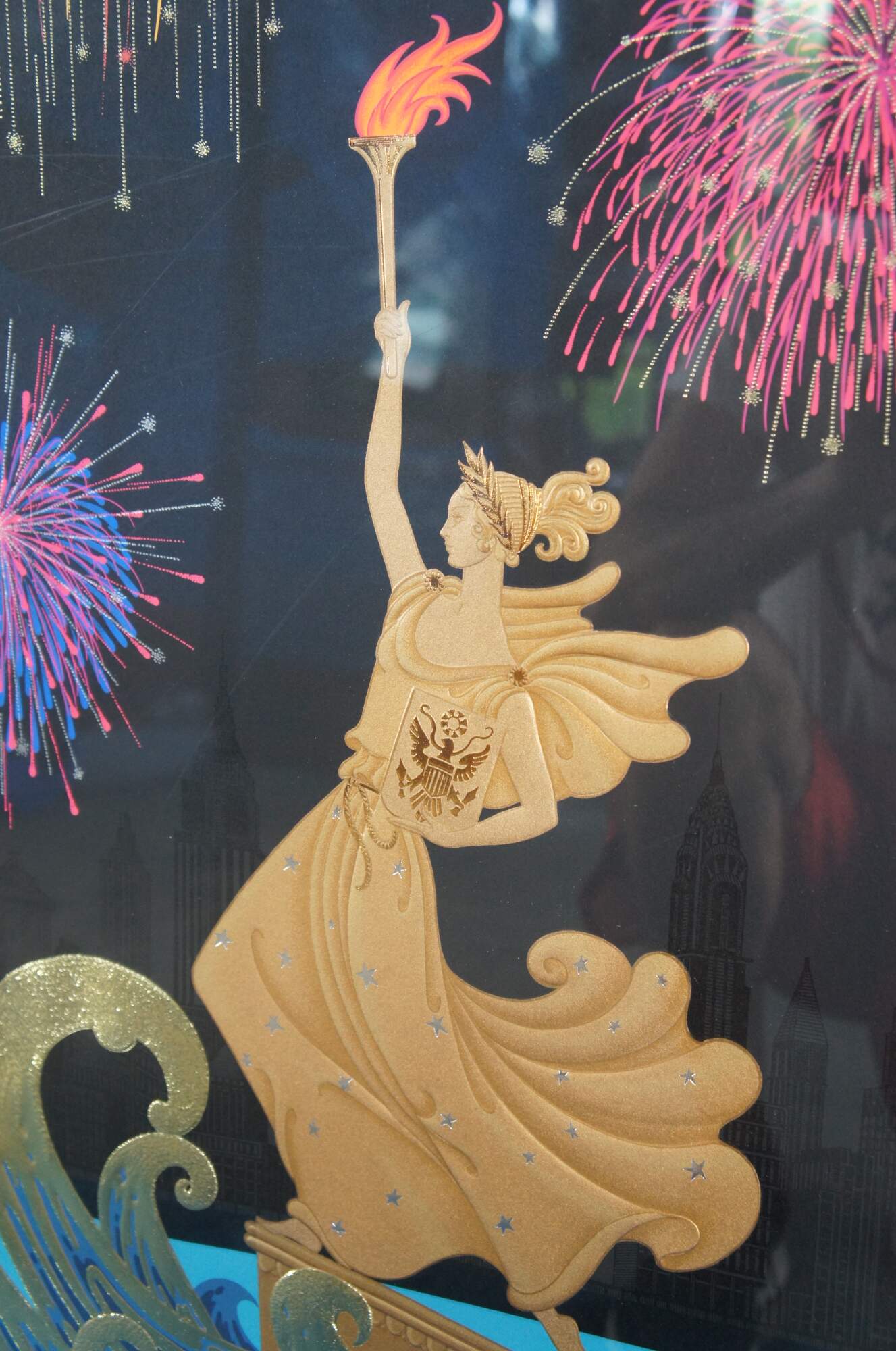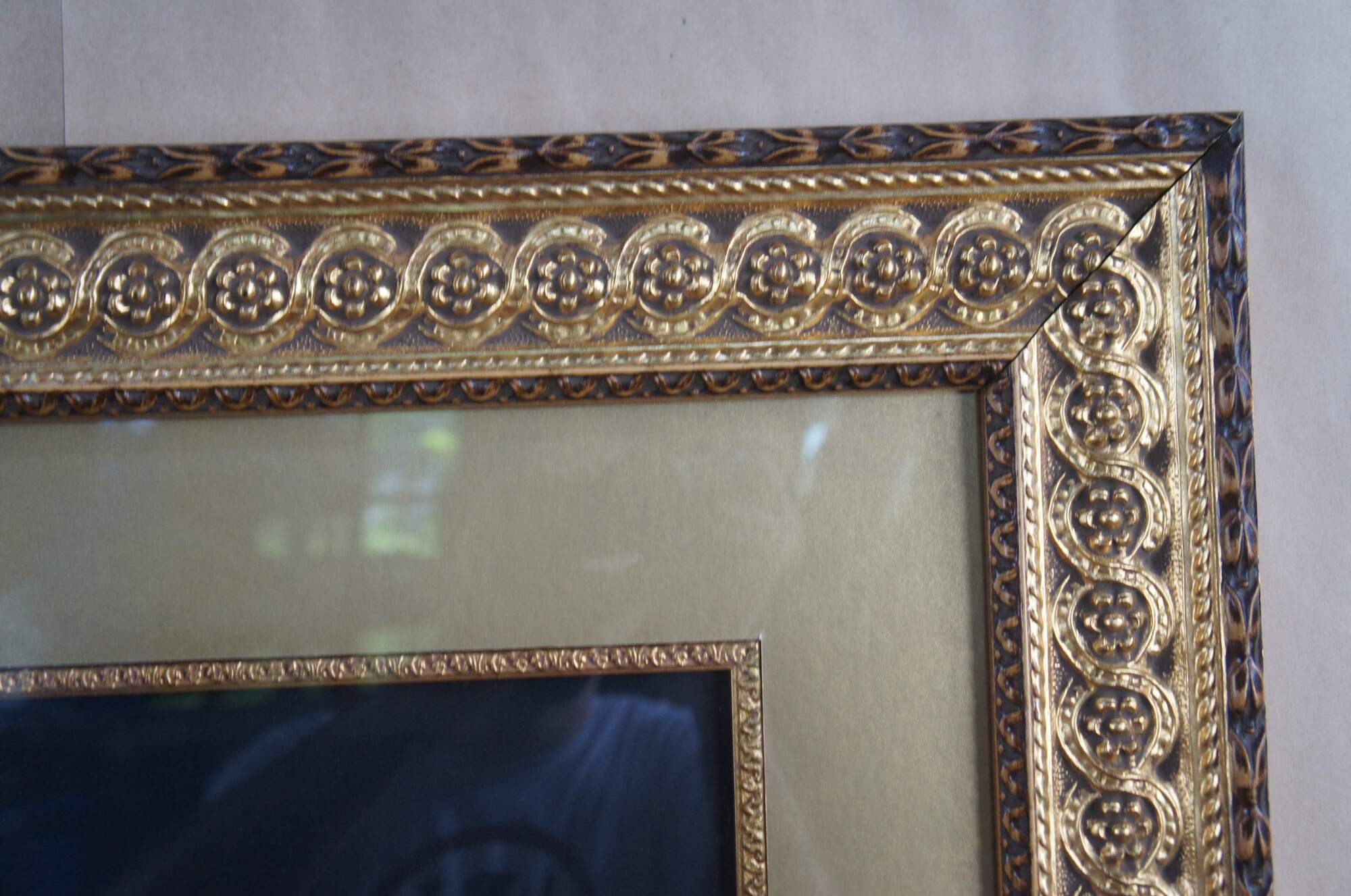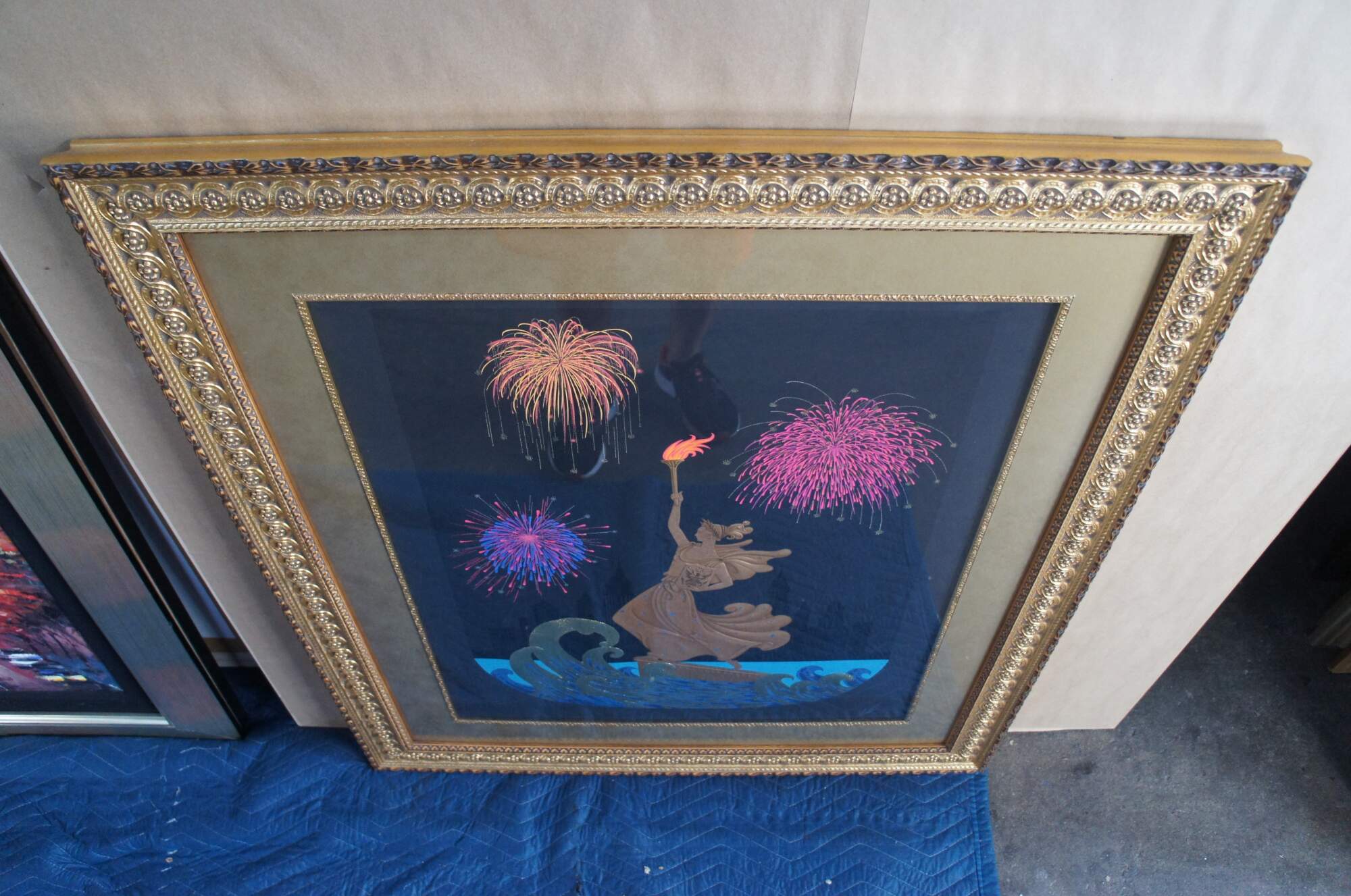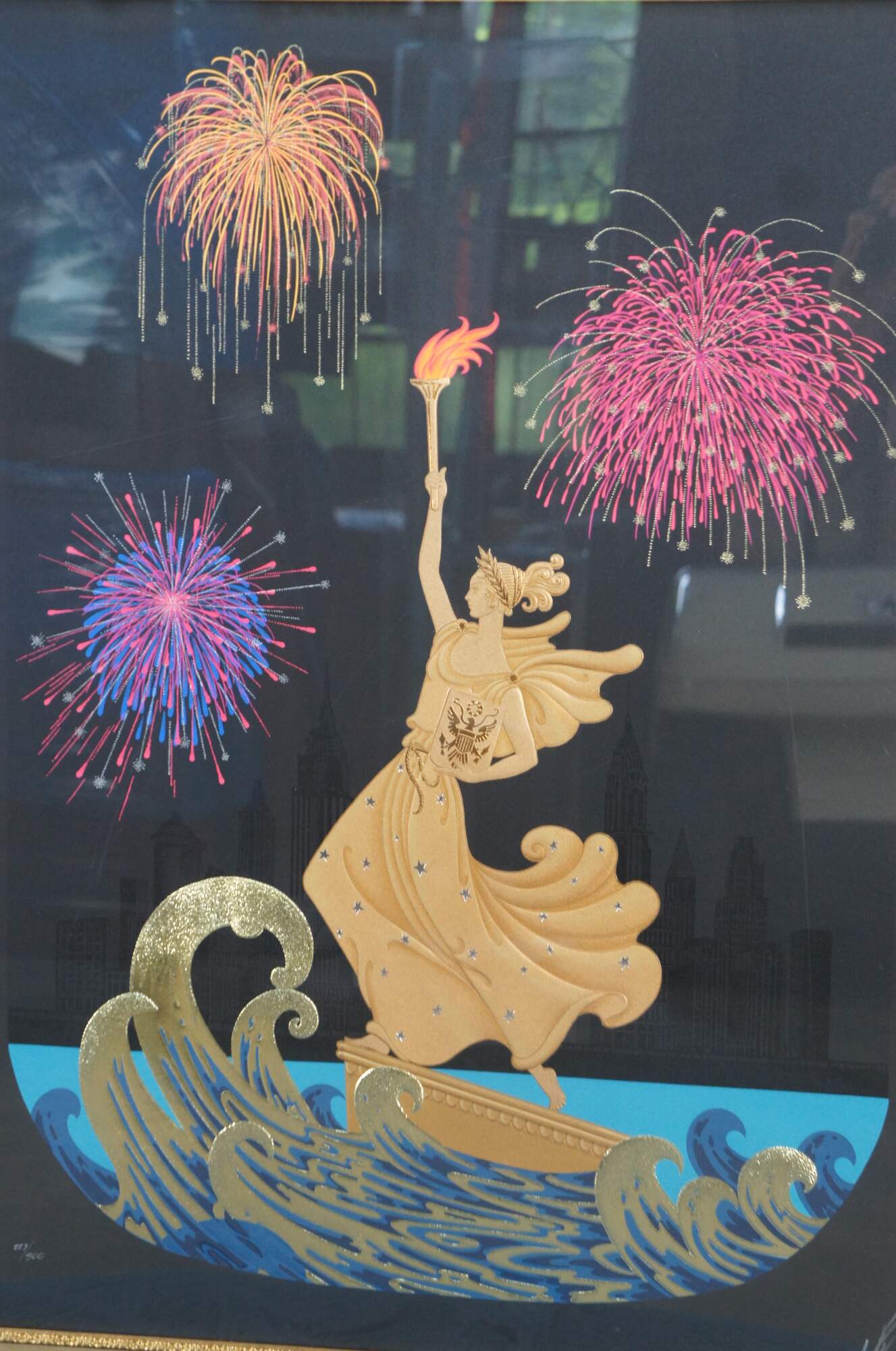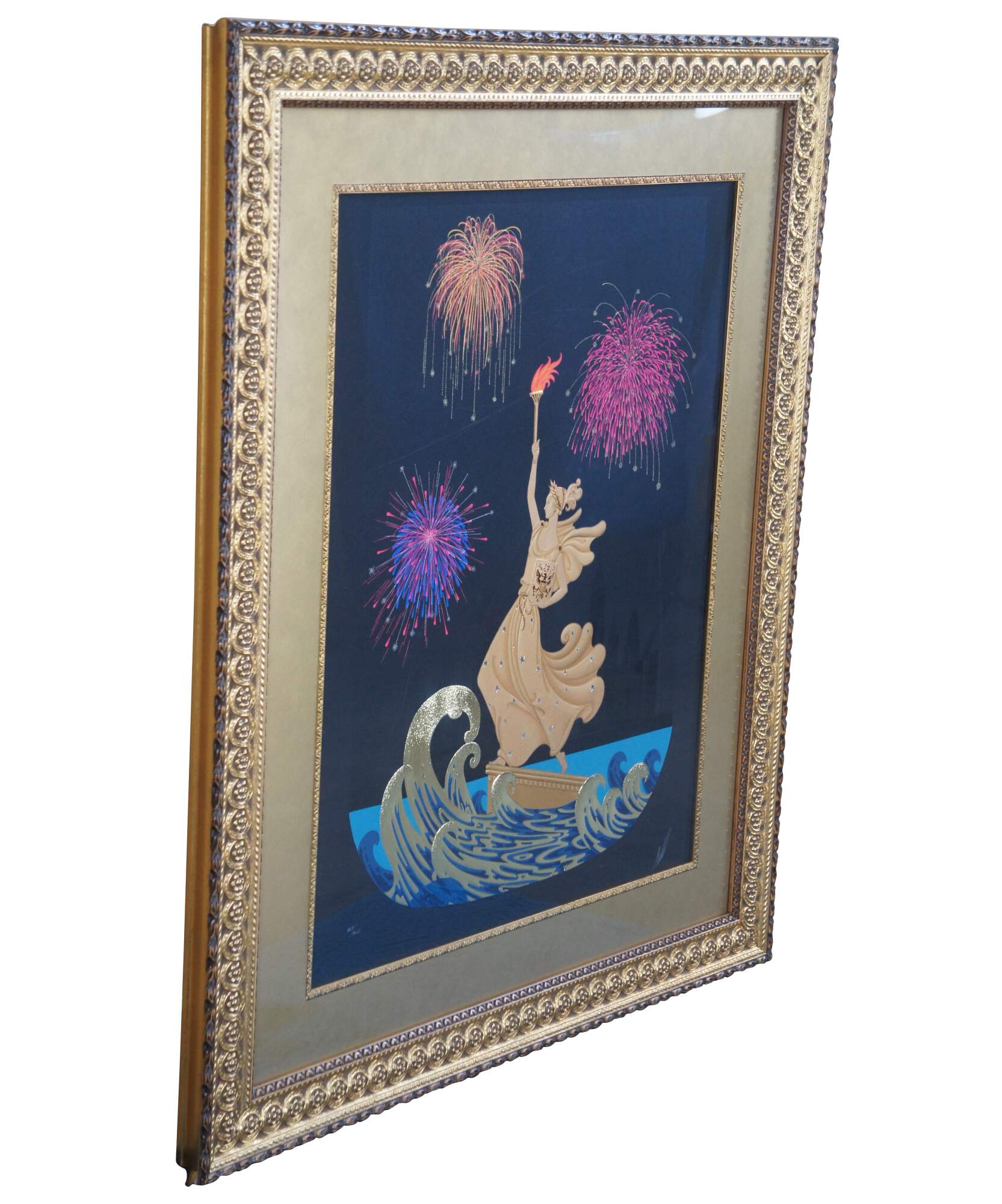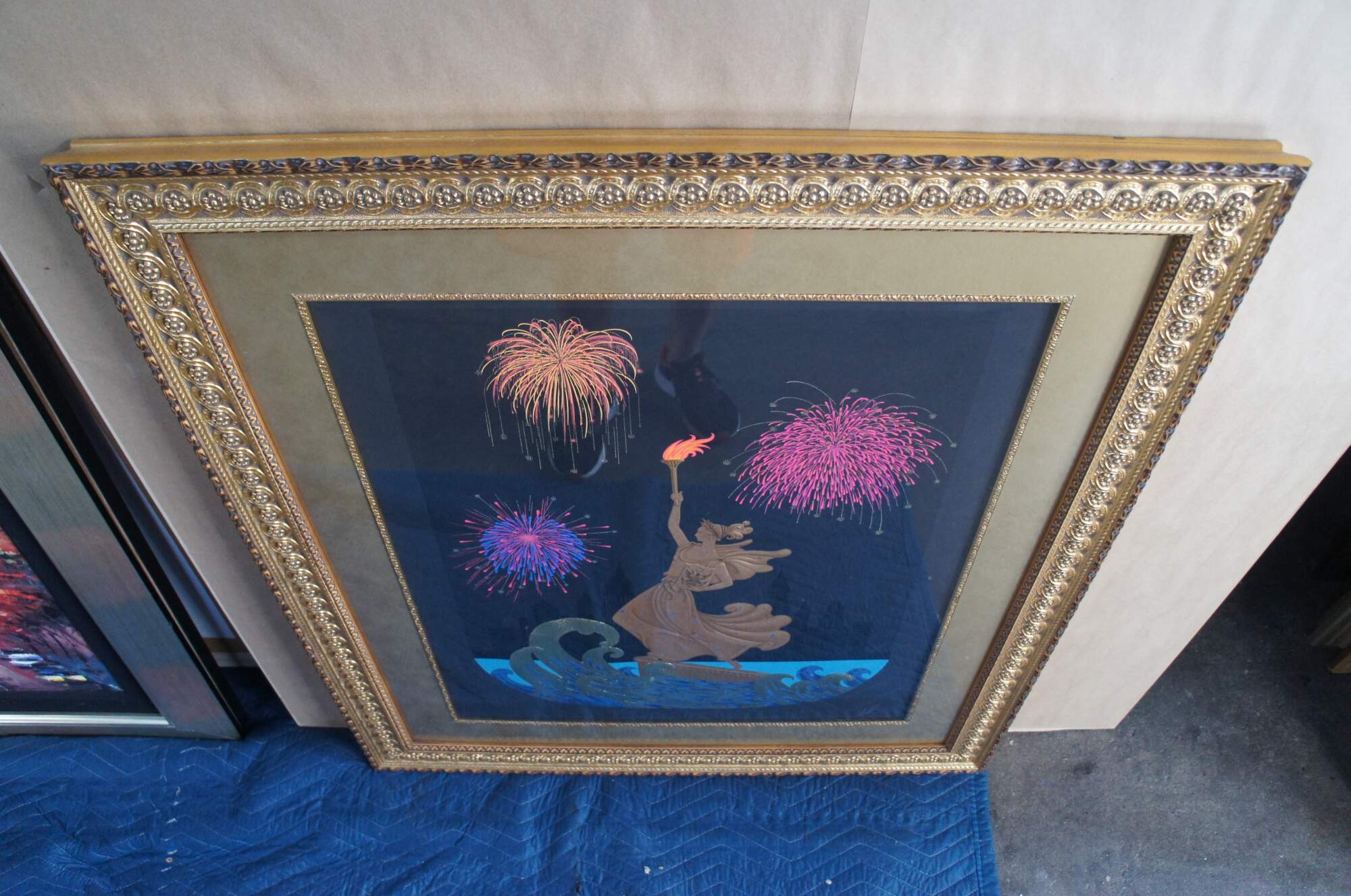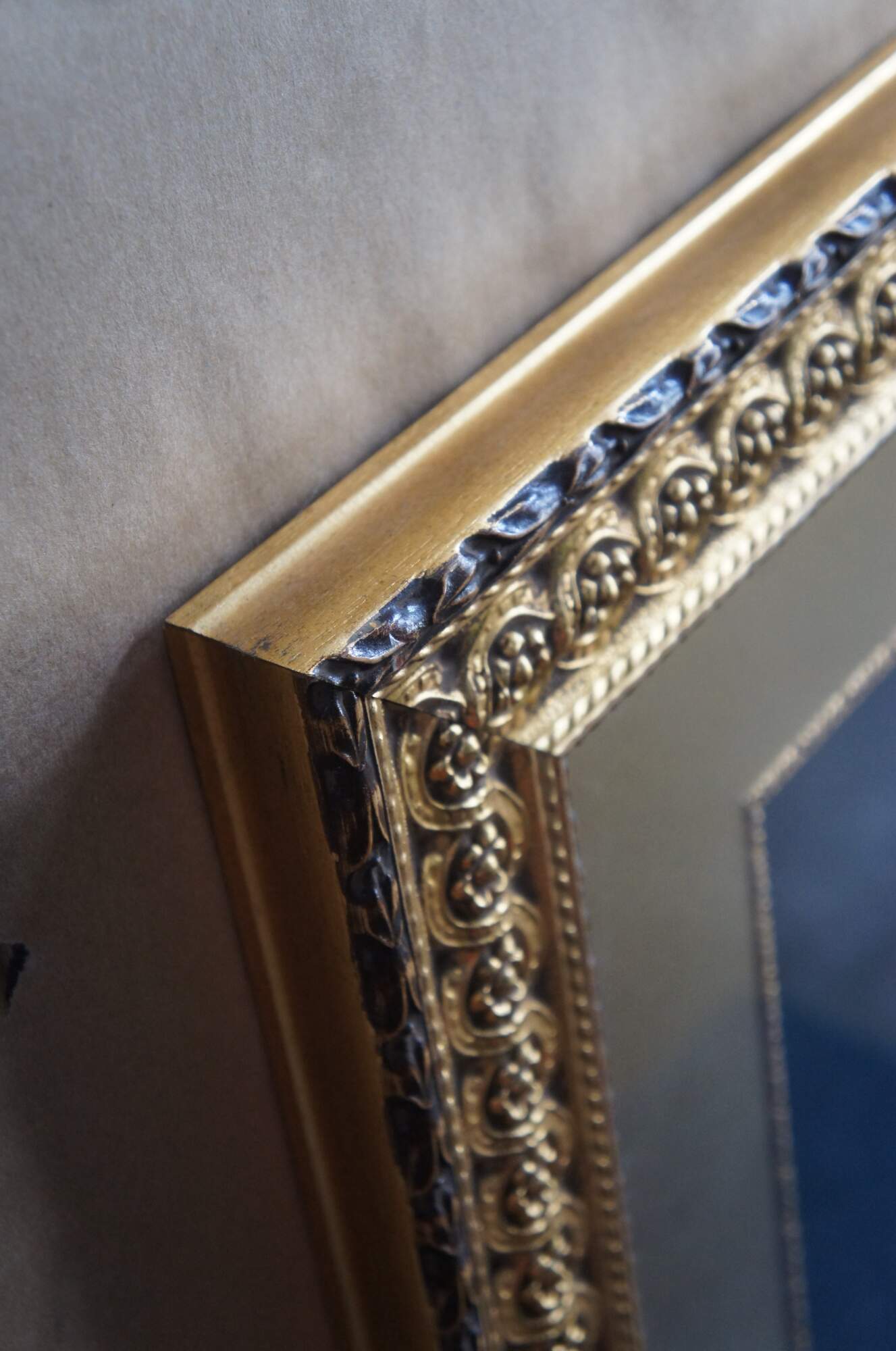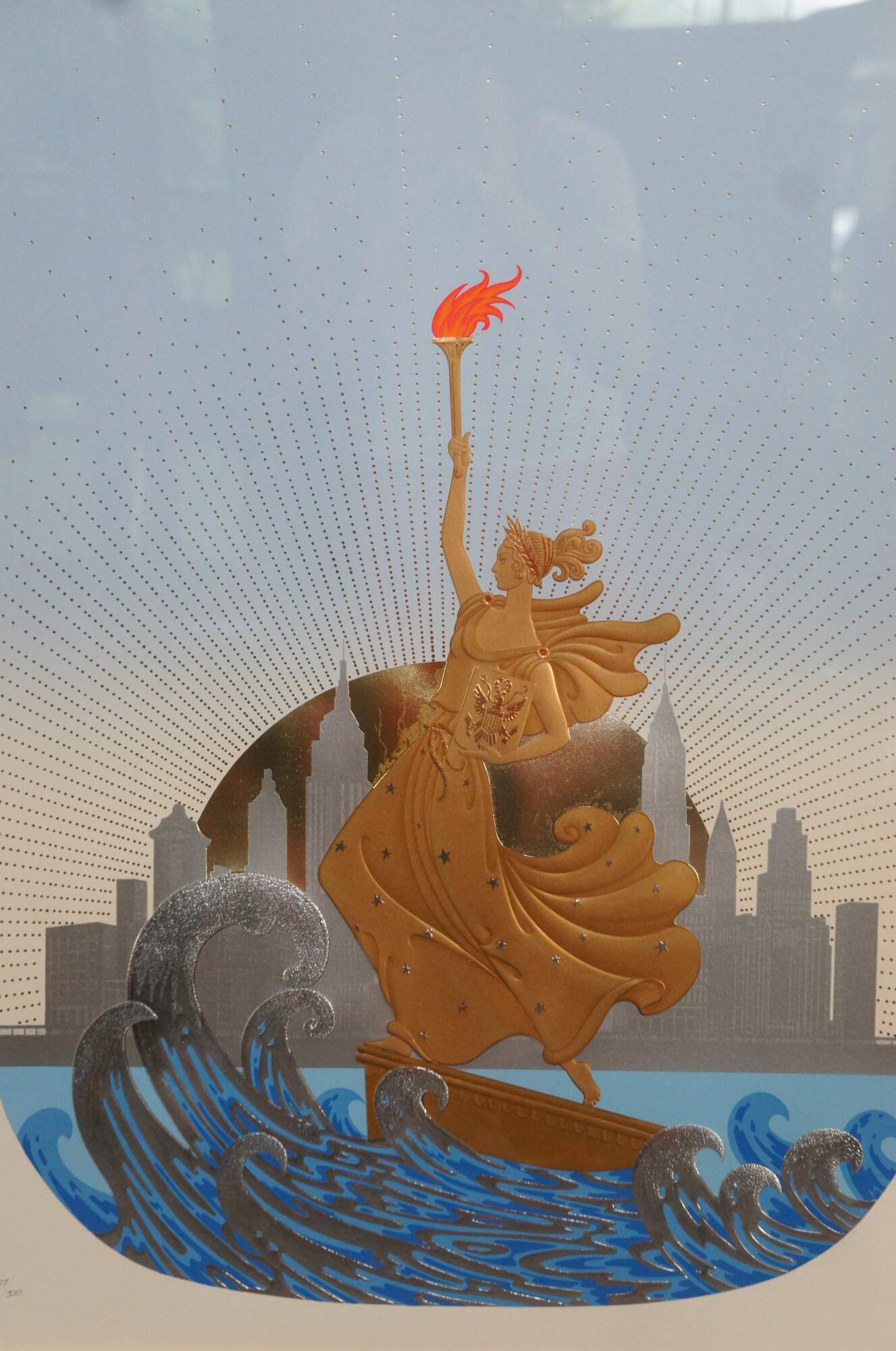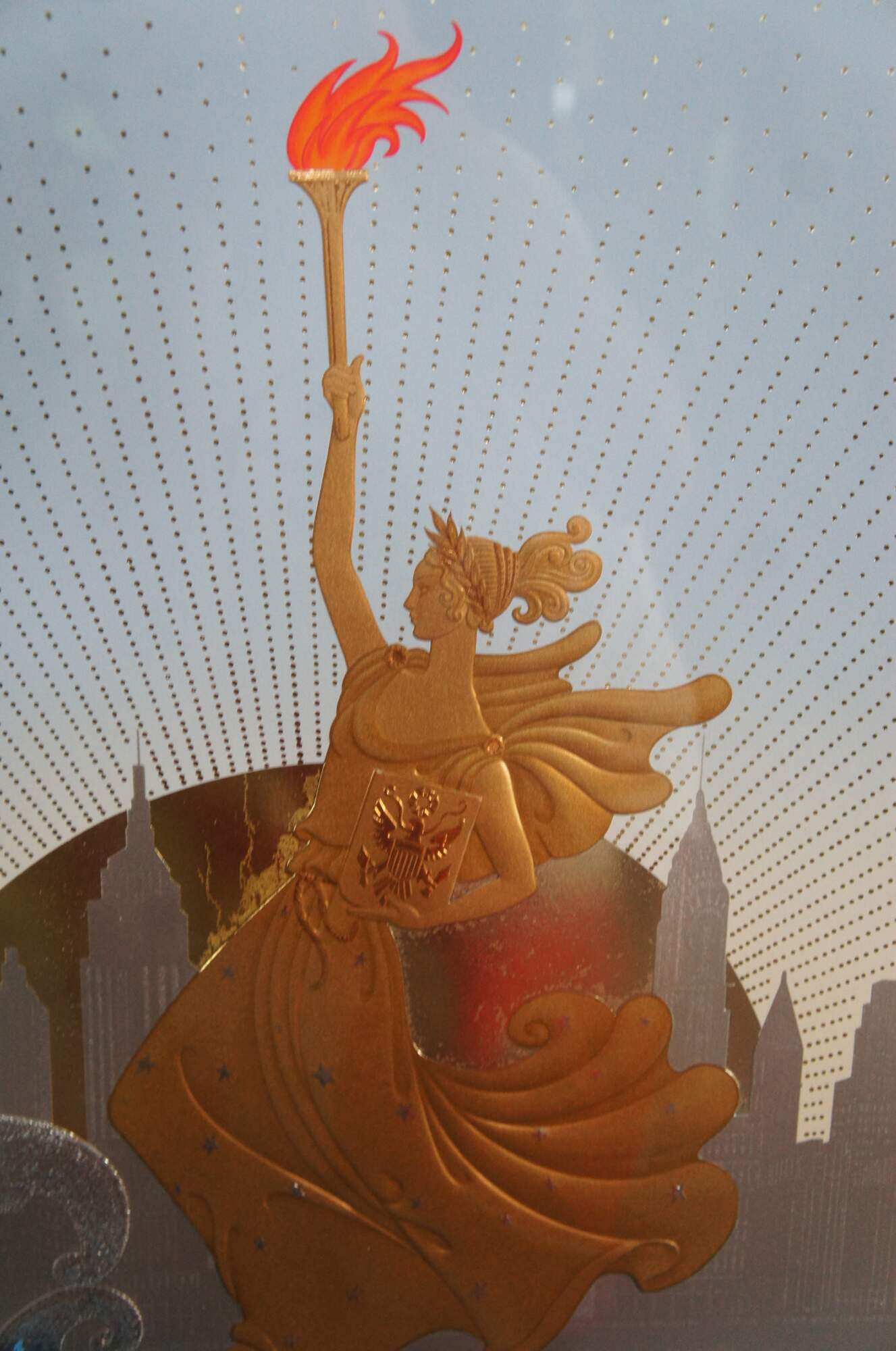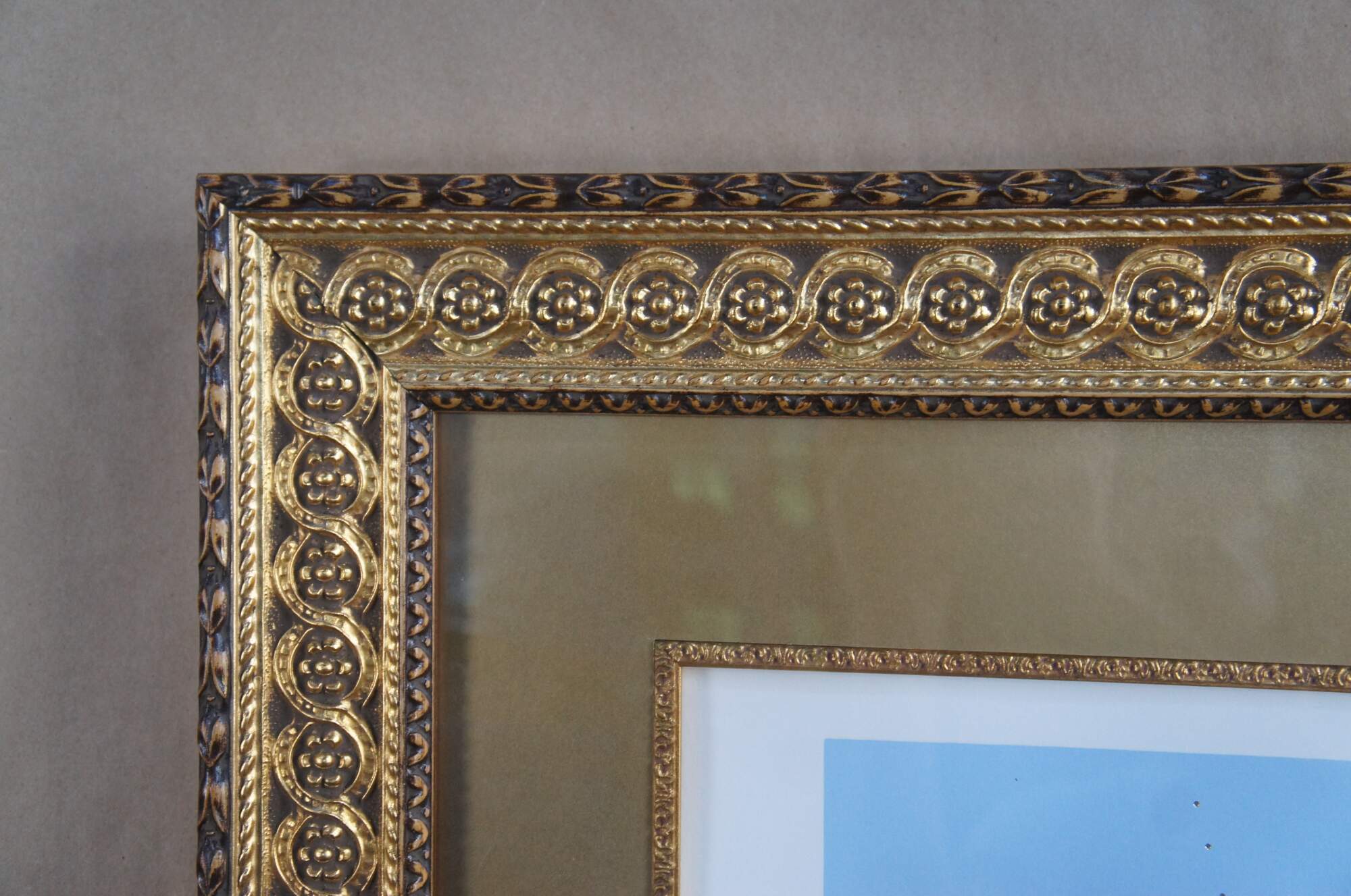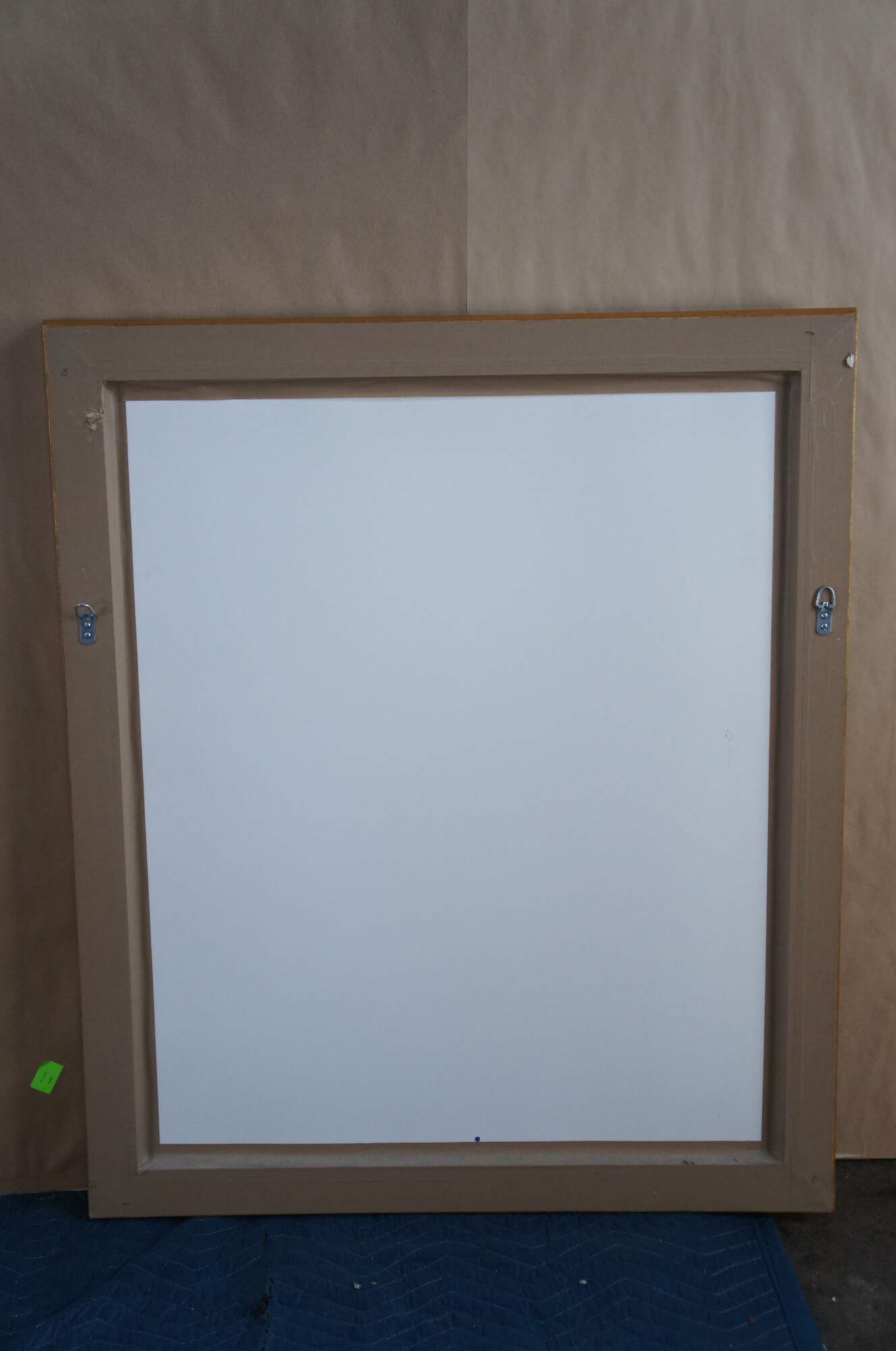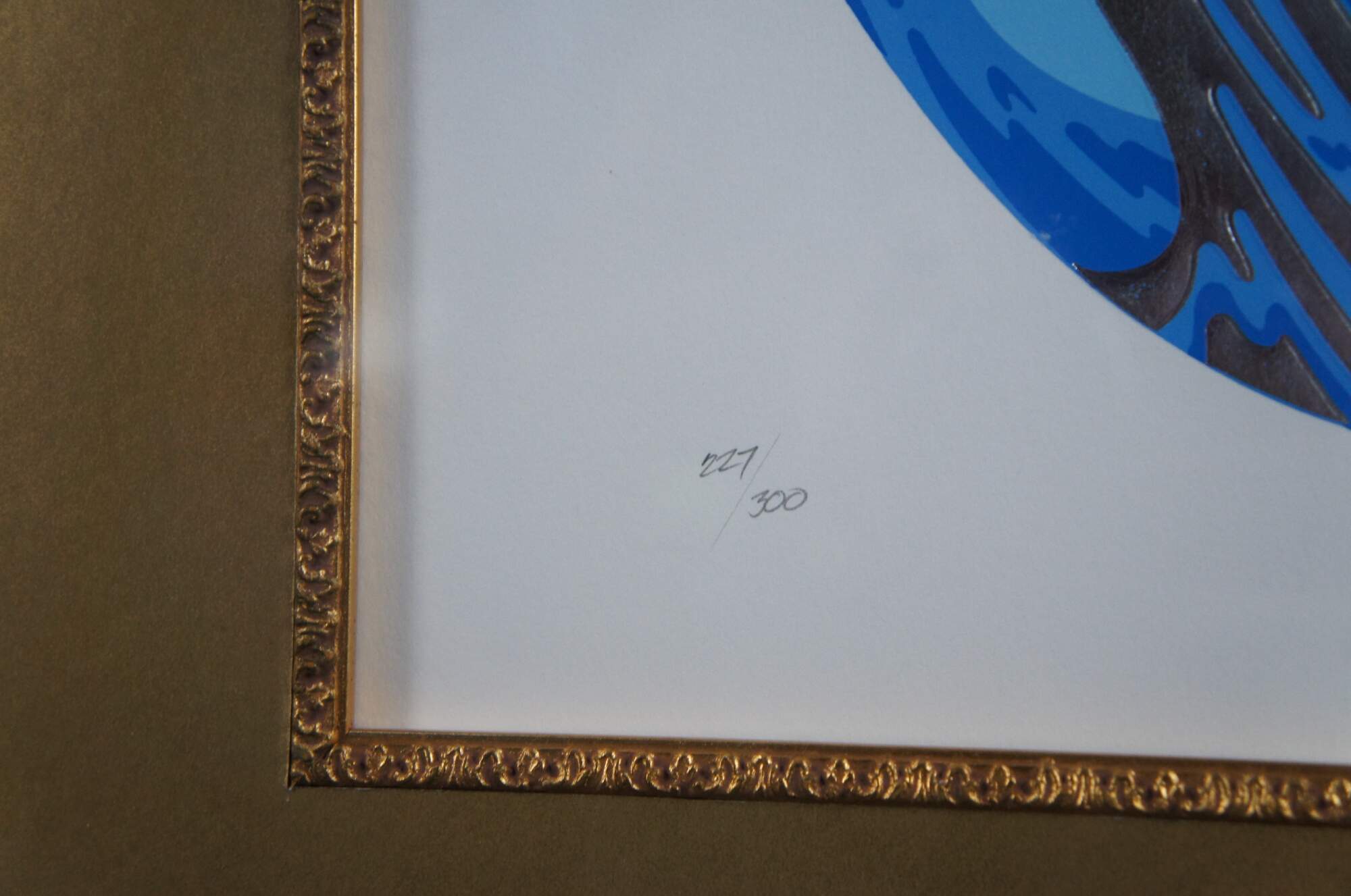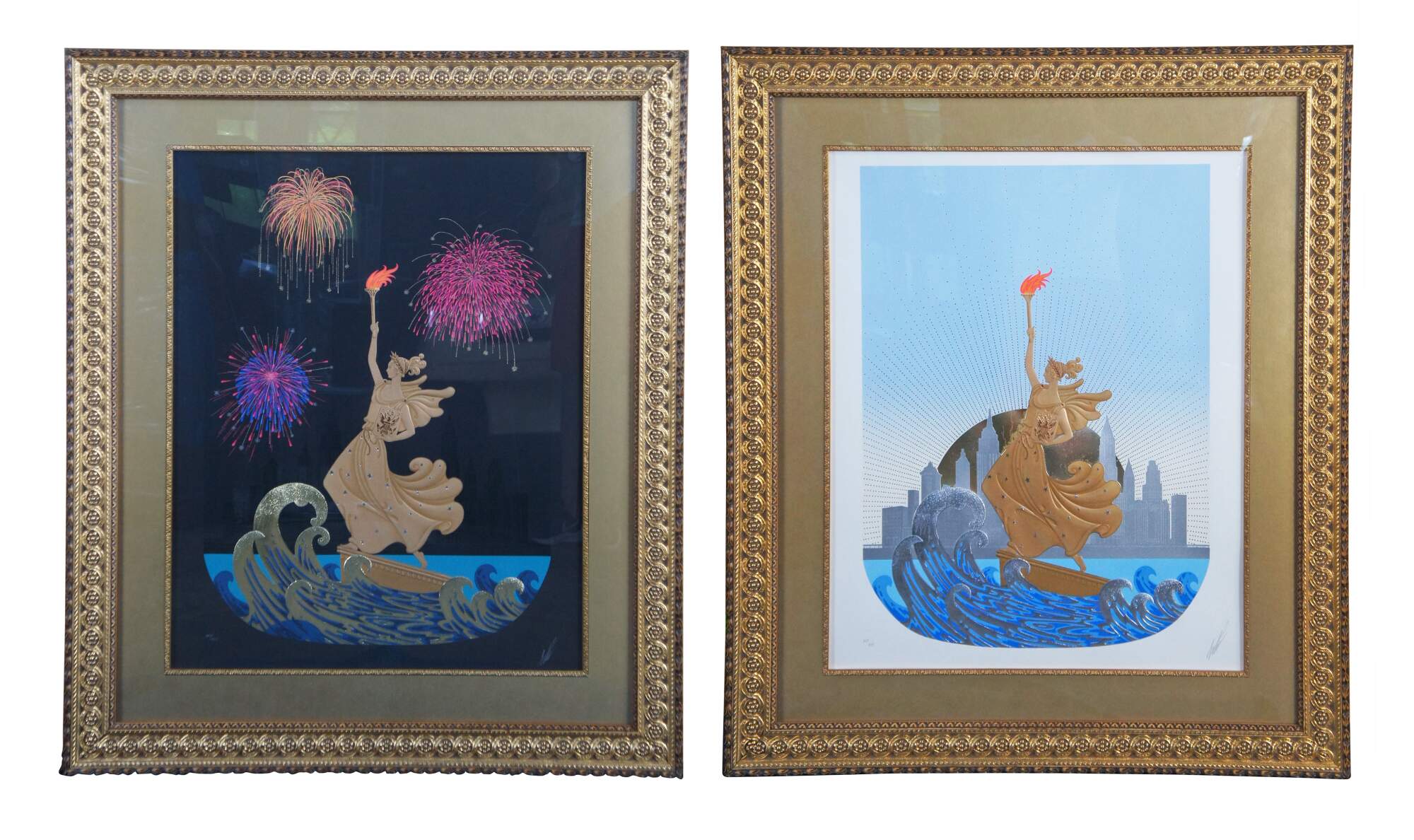
2 Erte Embossed Statue of Liberty Day & Night Serigraphs Sunrise & Fireworks 36"
$5,200.00
Shipping:
Free Shipping Included
Delivery:
Estimated 2-15 Business Days
Payments:
Credit Card, Check, Cash, PayPal, Apple Pay, Venmo
Returns:
30 Days 100% Money Back Guarantee, Buyer Pays Return Shipping
Description
Vintage pair of embossed metallic Art Deco style serigraphs by Erte, circa 1986. The prints feature the famous Statue of Liberty in both day and night settings. The day print features a seascape with her majesty surfing the waves with her outstretched torch against a sunrise and silhouette of New York City. The night print shows similar, with fireworks lighting up the night sky. Both signed lower right and numbered 227 of 300. Framed in ornate gold with an infinity flower / floral motif.
Romain de Tirtoff (Erte, Russian/French, 1892-1990)
Romain de Tirtoff, or Erté as he would come to be known (the French pronunciation of his initials), was born in Russia on November 23, 1892. The child of aristocratic parents, he was supported in his love of the arts, and his creative talents were nurtured, particularly by his mother for whom he produced his first design at age 6. In his youth his passion waved between dance and design, but as he recalled in later years, “I came to the conclusion that I could live without dancing, but could not give up my passion for painting and design.” And how true was that statement, the artist continuing to paint right through to his final days in 1990, when he sadly succumbed to a short illness aged 97 years old.
In 1912 the young and emboldened Romain moved to Paris, which would from then on become his home. After a brief collaboration with fashion designer Paul Poiret, Romain was hired by Harpers Bazaar to create their monthly cover, which he did from 1915 to 1937, producing over 200 designs in all. In addition he began producing stage sets and costume designs for the theater, opera and ballet, many of which are still utilized. Stage sirens flocked to Romain, knowing he could set them apart from the competition - Mata Hari (who would be shot as a German spy in 1917), Anna Pavlova, Sarah Bernhardt, Norma Shearer, Joan Crawford, Lillian Gish and Marion Davies were just some of the stars who called upon his talents through the years.
During the same period, Romain became known for his work with the music halls. These enormously popular shows gave him yet another identity, as he designed entire productions, from stage to costume, for Irving Berlin, George White, the Folies-Bergere and the Ziegfeld-Folies.
What set Romain apart was that he understood form and precision; how to push boundaries without losing elegance or function, which was the key to his every design. How many designers today can claim the same skill? More often the service of a design is sacrificed for shock value, and mistakenly referred to as avant-garde. If one reviews the complete works of “Erté” you will find he is not merely the Father of Art Deco, but the uncredited parent of modern fashion.
Mid-life Romain found his work being overlooked as the art scene and its followers pursued Abstraction and Pop. The American artists were having their moment in the sun and the delicacy of Romain’s work was out of favor. It was at this pivotal moment in 1965 that he met Eric and Salome Estorick, the founders of Seven Arts Ltd. The exceptional couple recognized the historical significance and unparalleled style of work, becoming the exclusive agent for Romain until his death.
In 1967 Romain exhibited 170 works in New York and the entire collection was purchased by the Metropolitan Museum of Art. As the artist himself noted, “It was, I believe, without precedent that a museum bought an entire exhibition of a living artist. Certainly it was a first time for the Met.”
Later that same year the Estoricks went on to present another major exhibition of the artist’s work in London. It was a sensation, leading one art critic to remark, “If Michelangelo came back to earth, he wouldn’t have had more publicity.” The show featured what many believe to be Romain’s pièce de résistance, the complete Alphabet suite. Each letter represented in human form, every work a success in its own right, the entire series a masterpiece. If ever anyone had tried to confine Romain’s work to that of a designer, these two monumental exhibitions cemented him as a critical artist.
From here developed yet another string to his bow – that of editions. His popularity surging following the exhibitions and renewed interest in Art Deco, Romain was advised by the Estoricks to produce lithographs and serigraphs in order to feed his insatiable audience. Beginning with the Numerals, Romain embarked upon this new method of production with the same careful oversight as he did his gouaches – nothing short of perfection was acceptable.
Over his final decades Romain explored other areas of his creative practice, producing bronze sculptures, jewelry, vases; and employed new techniques in print making such as hot foil stamping to create dimensionality and luxury in the works. This burst of production allowed Romain’s art to reach a broader audience and level of notoriety, a blessing that he was able to enjoy in his advancing years.
With so much to say about the artistry it is often easy to overlook the man. Romain de Tirtoff was not only an artist for the chronicles of history, but a man of such distinct quality and character, likely never to be repeated. As adept and precise as he was with his brush, he was similarly delicate and slight of form in body. And yet in spite of his diminutive stature Romain was strong and willful, he would not allow his creation to be manipulated to fit another’s agenda or to bend to contemporary tastes. Publicly he was the life and soul of the party when the time called, but privately he embraced his solitude, preferring only the company of his dear cats Caramelle and Talia, as he worked by lamplight, listening to classical music. This was his utopia.
It is true that after passing many are recalled with great favor, but very few without critics. Romain de Tirtoff falls into the latter, a testament to his kindness, compassion and invention. Romain once said, “For me, creativity is life.” What he could not possibly have known, is just how many lives he would enrich with his own.
Condition
Very good.
Dimensions
35.5" x 32", sans 24" x 30"
